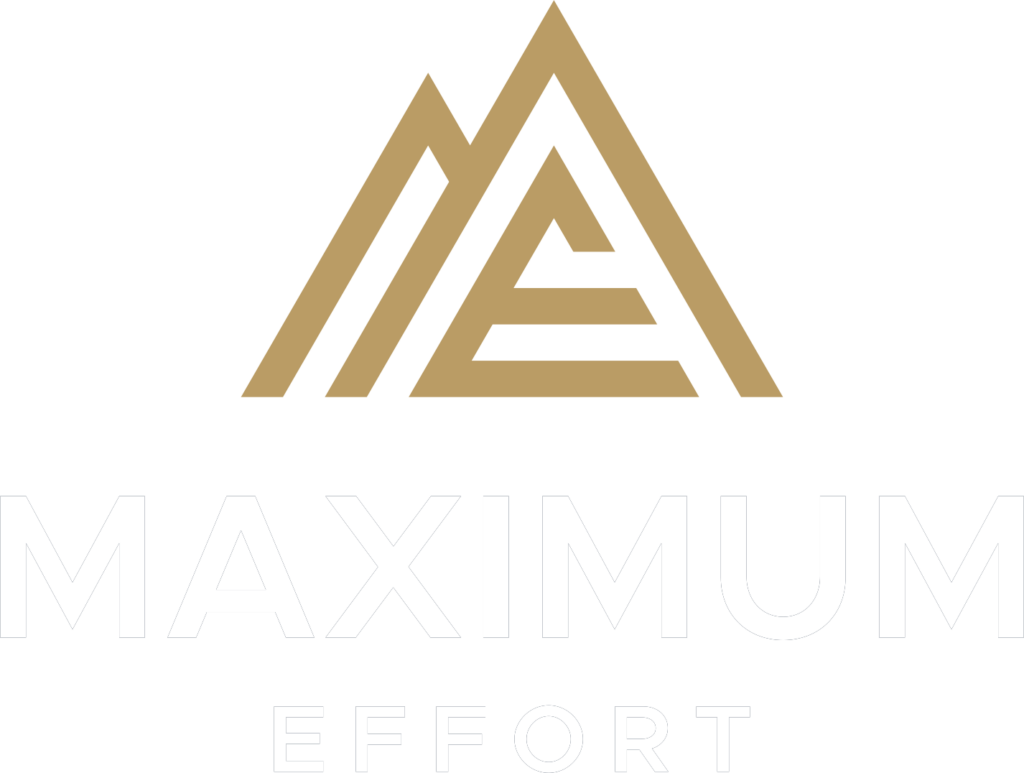The Big Difference The Big Difference
Traditional HR vs. People Strategy
Most HR teams are built to maintain the status quo—focused on policies, risk, and compliance. People Strategy does more. It aligns your talent, culture, and leadership with business outcomes. This side-by-side breakdown shows how Maximum Effort HR approaches people operations with intent, speed, and real impact—turning HR from a cost center into a competitive advantage.
Item
Traditional HR
People Strategy
How HR responds to business needs and challenges.
Solving problems as they arise
Anticipating issues and building solutions before they impact the business.
The philosophy behind how people experience work.
Focused on maintaining order through rules, policies, and control.
Fosters cultures of ownership, innovation, and accountability.
How companies attract and select new team members.
Prioritizes availability and speed over long-term alignment.
Prioritizes alignment with culture, capabilities, and long-term business goals.
How HR functions within the broader business.
Acts as a guardrail to minimize risk and liability.
Acts as a business partner that unlocks performance and competitive advantage.
How the organization grows its managers and executives.
Offers templated, generic programs with limited practical impact.
Delivers coaching and development based on real challenges and leadership context.
How employee satisfaction and motivation are approached.
Focuses on temporary morale boosters and broad, shallow feedback.
Connects daily work to a larger mission, building deeper commitment and trust.
How individual contribution is tracked and improved.
Emphasizes past performance with outdated metrics and long feedback cycles.
Encourages real-time coaching, accountability, and growth conversations.
How the organization handles transitions, disruptions, or major shifts.
Aims to reduce disruption after changes are announced.
Plans change holistically, guiding teams through transformation with clarity and intention.
How the business navigates legal and regulatory responsibilities.
Driven by fear of litigation, often creating barriers to agility.
Integrates compliance into decision-making without slowing down progress.
How choices are made and approved within the business.
Burdened by bureaucracy, with multiple layers of approval.
Prioritizes speed, autonomy, and informed choices that align with business priorities.
Great businesses aren’t built on policy—they’re built on people. When HR is treated as an administrative function, it limits potential. But when it’s reframed as people strategy, it unlocks growth, agility, and alignment. If you’re ready to rethink the role of HR in your organization, Maximum Effort is built for exactly that.

